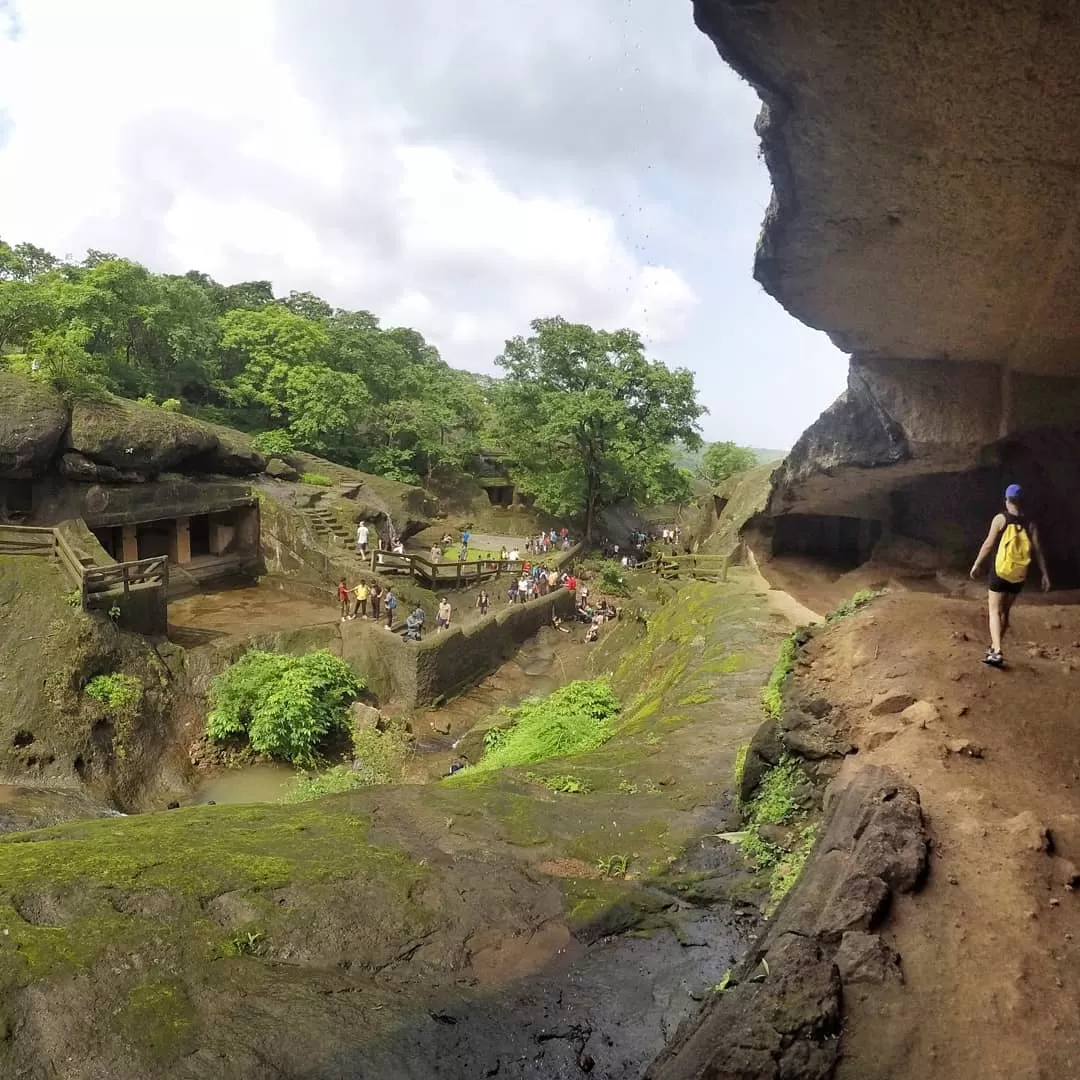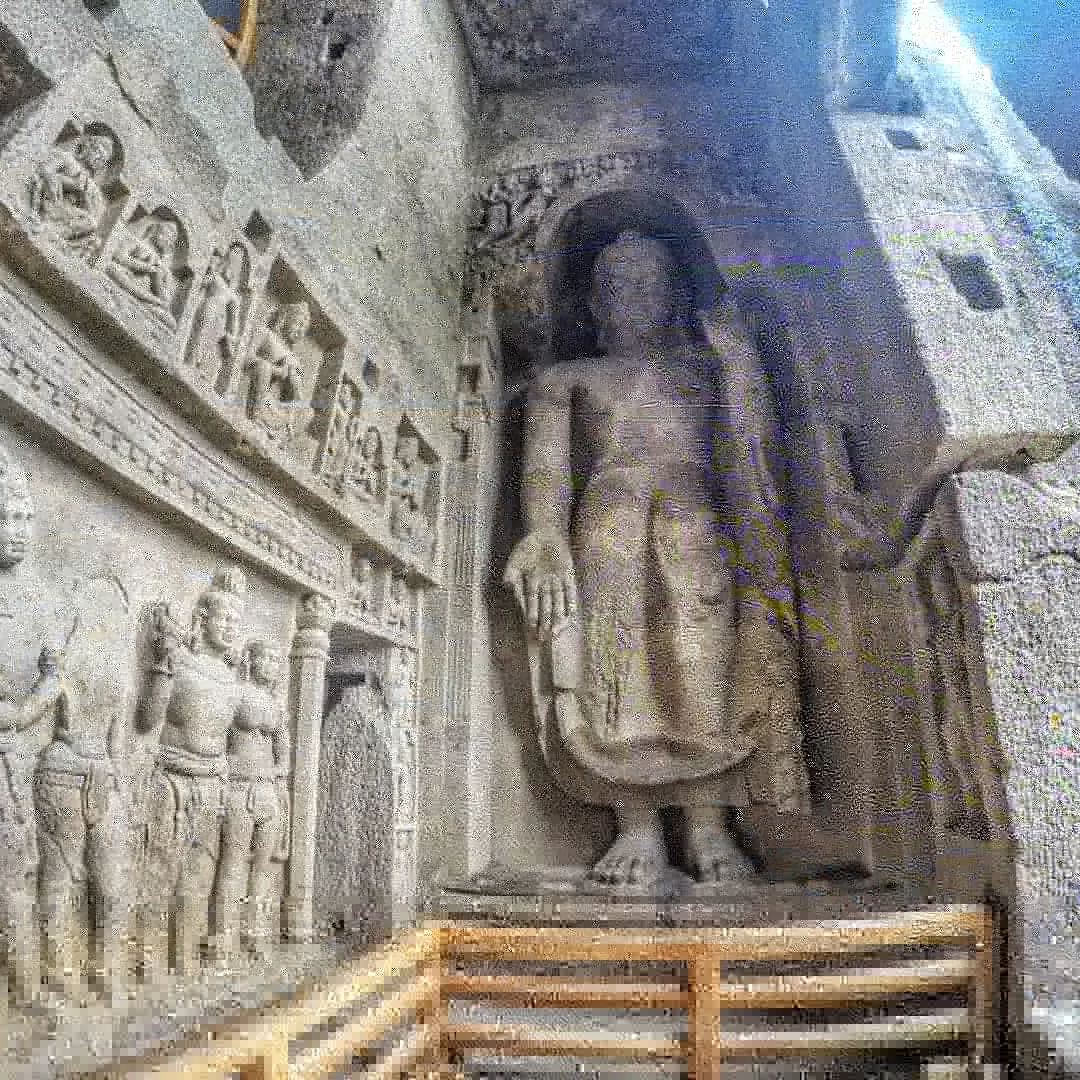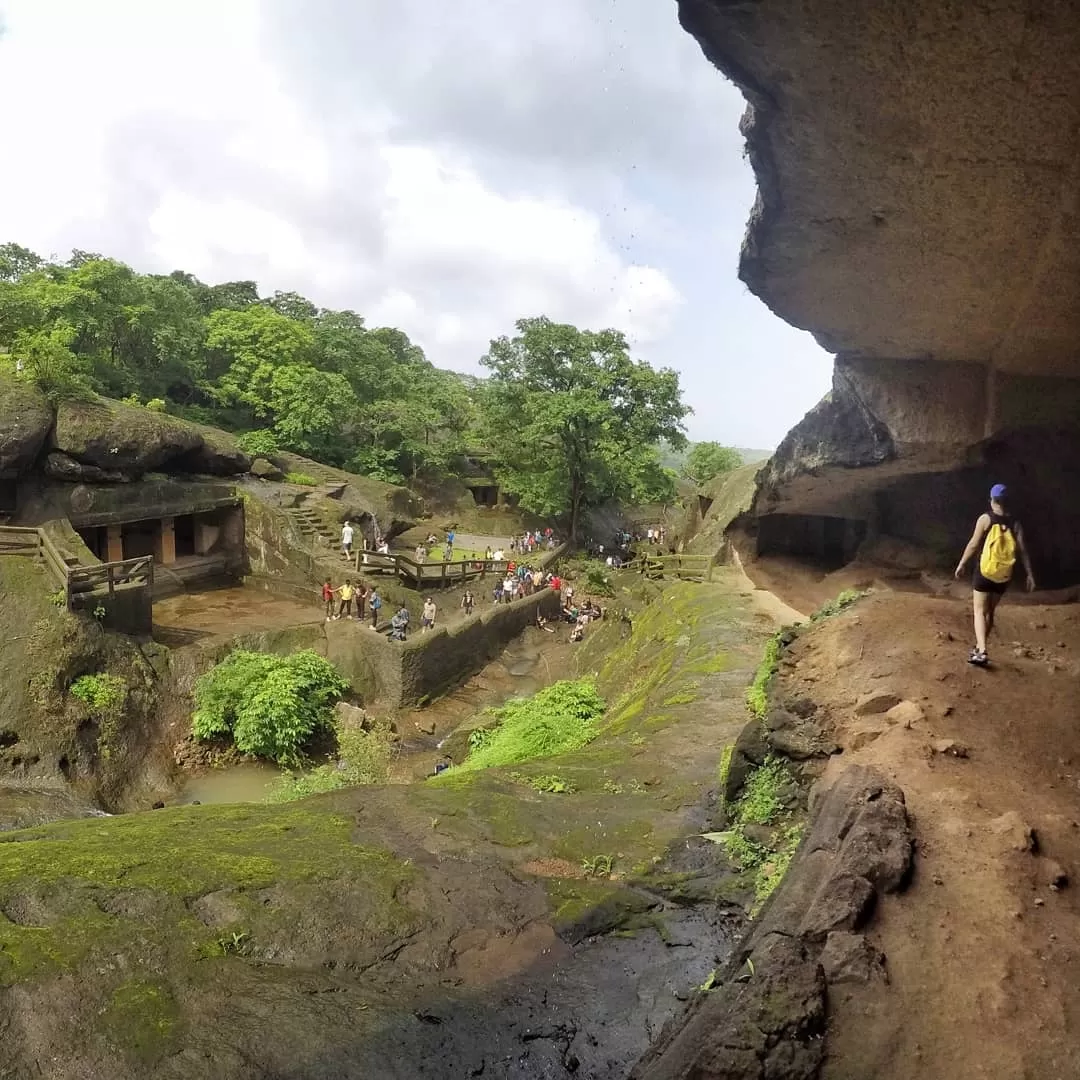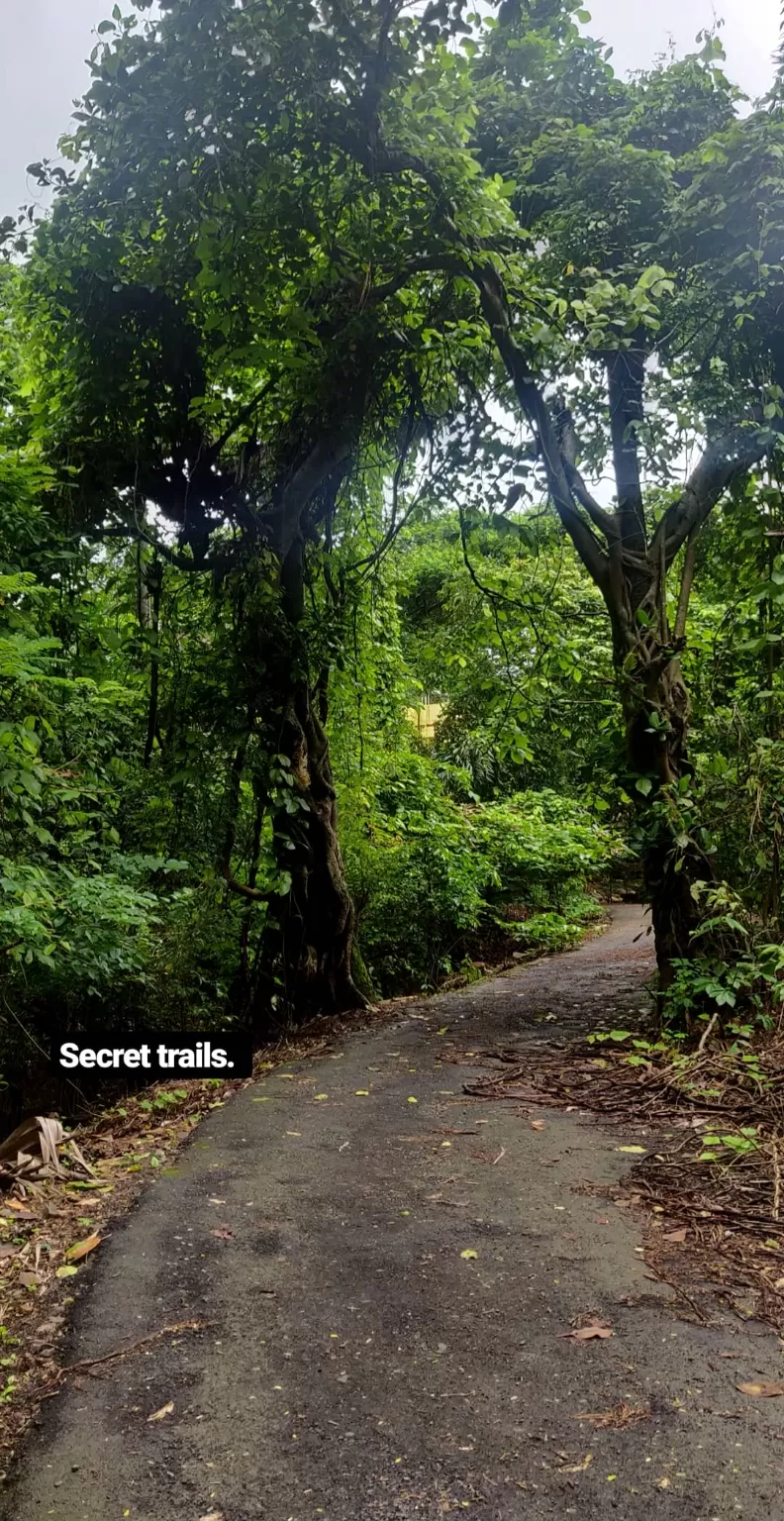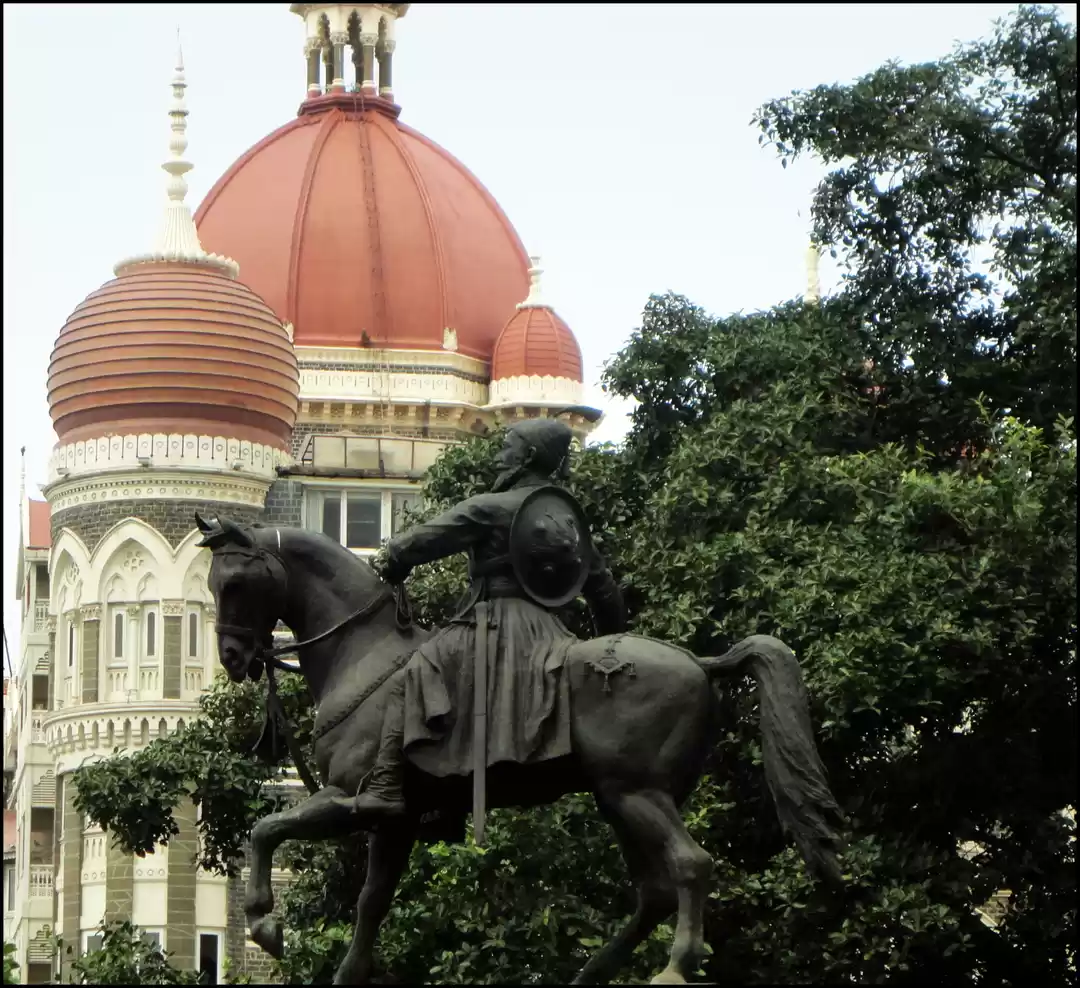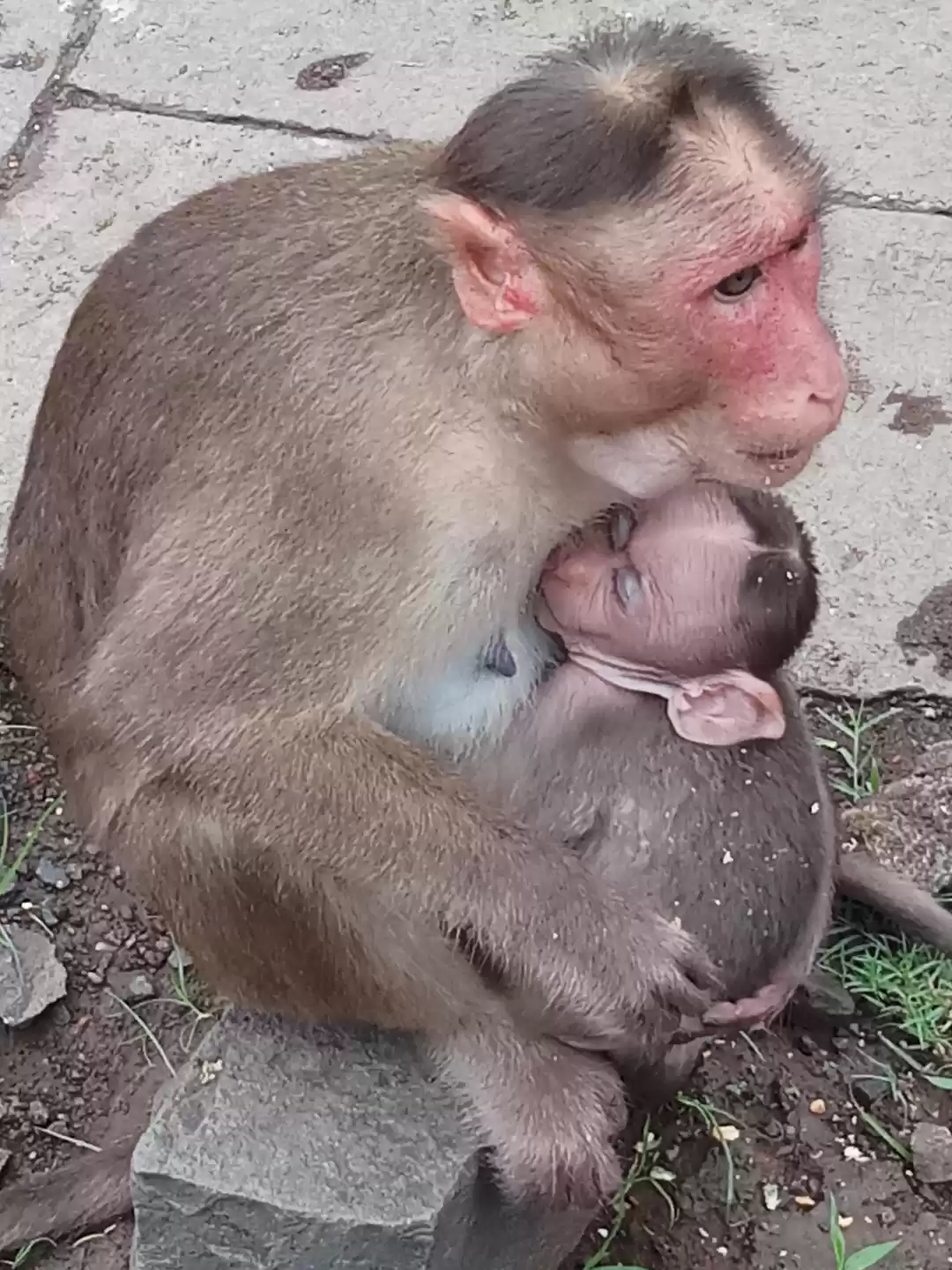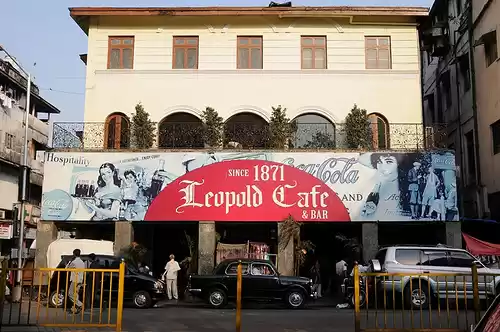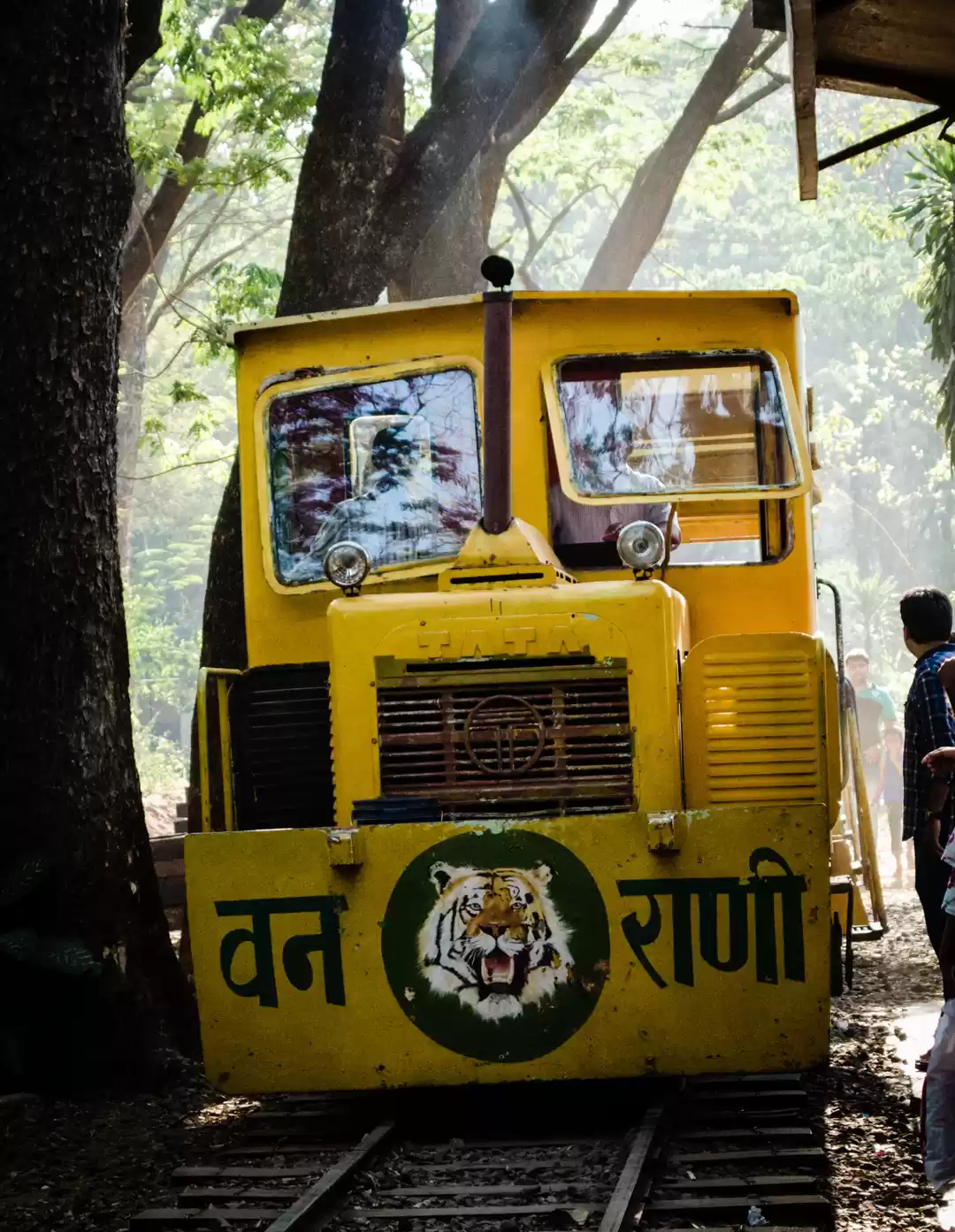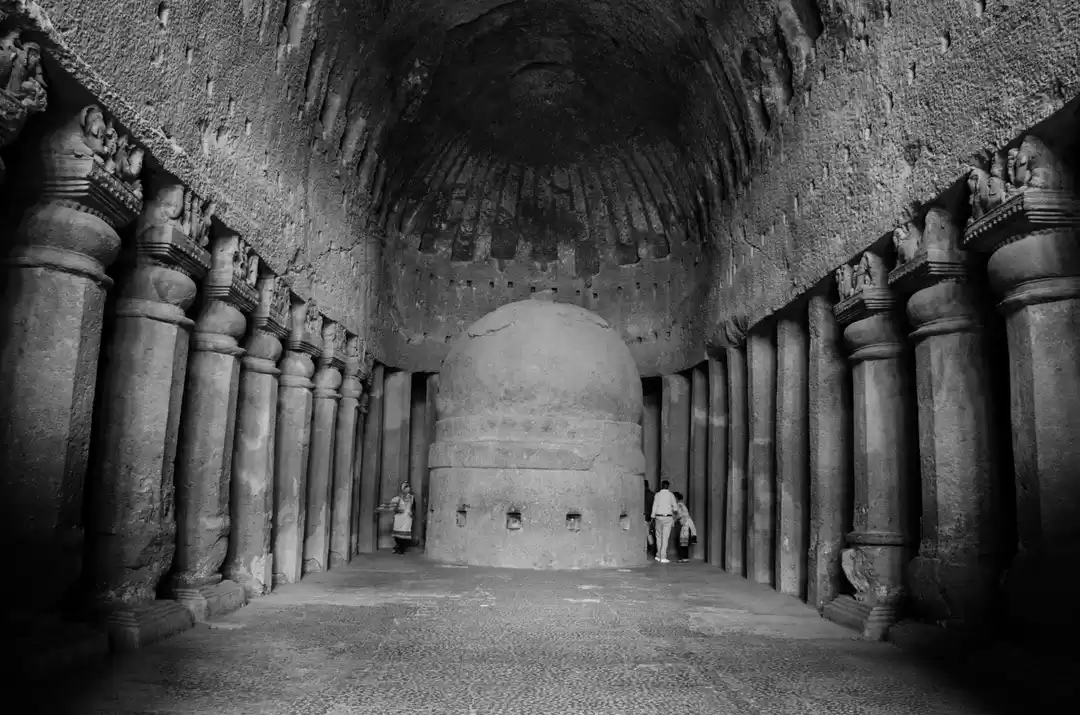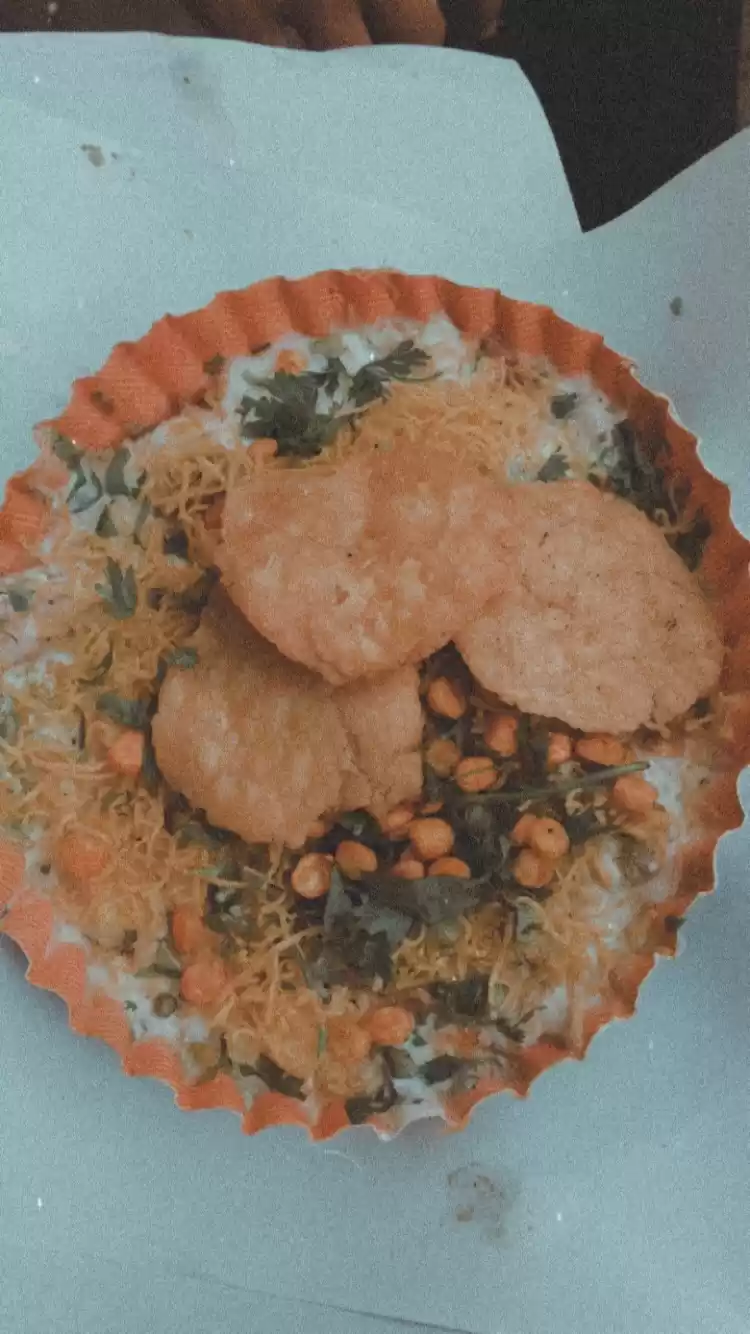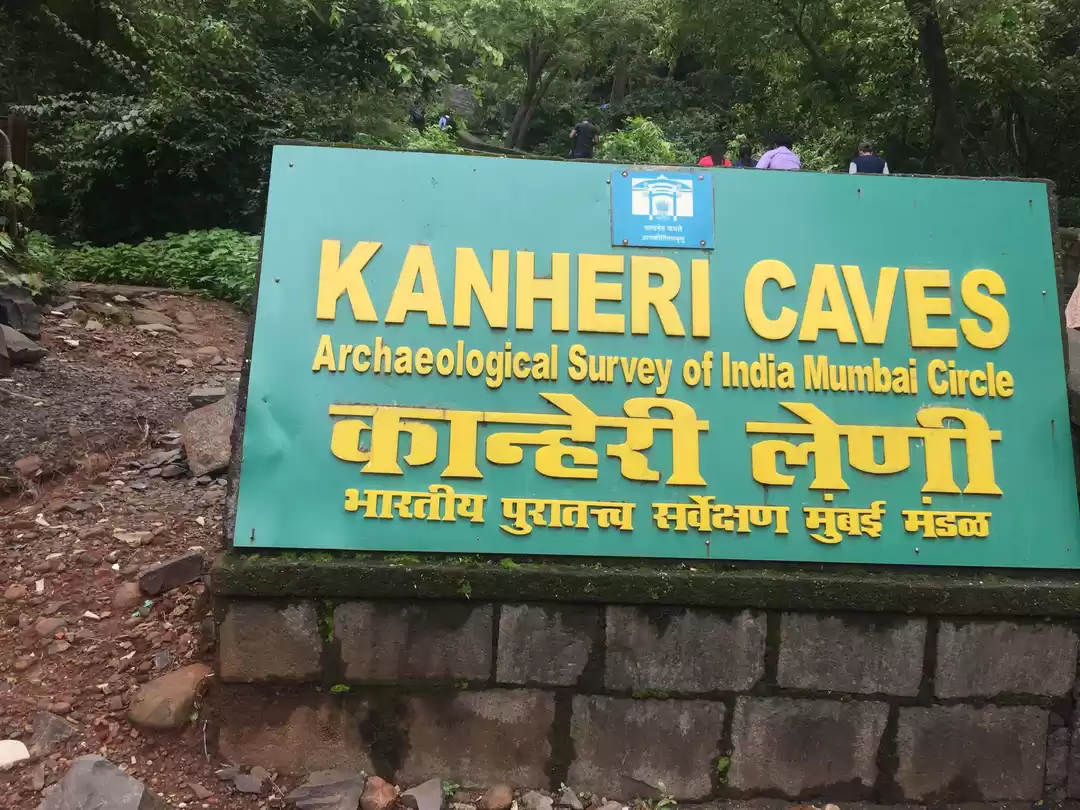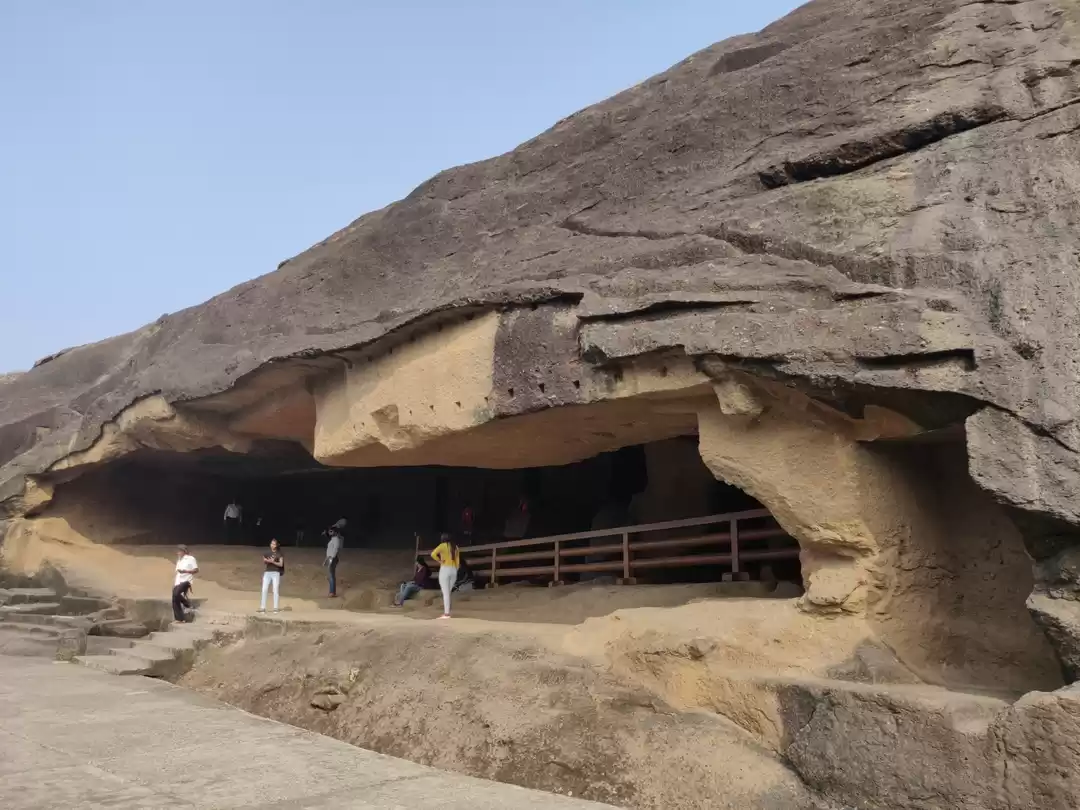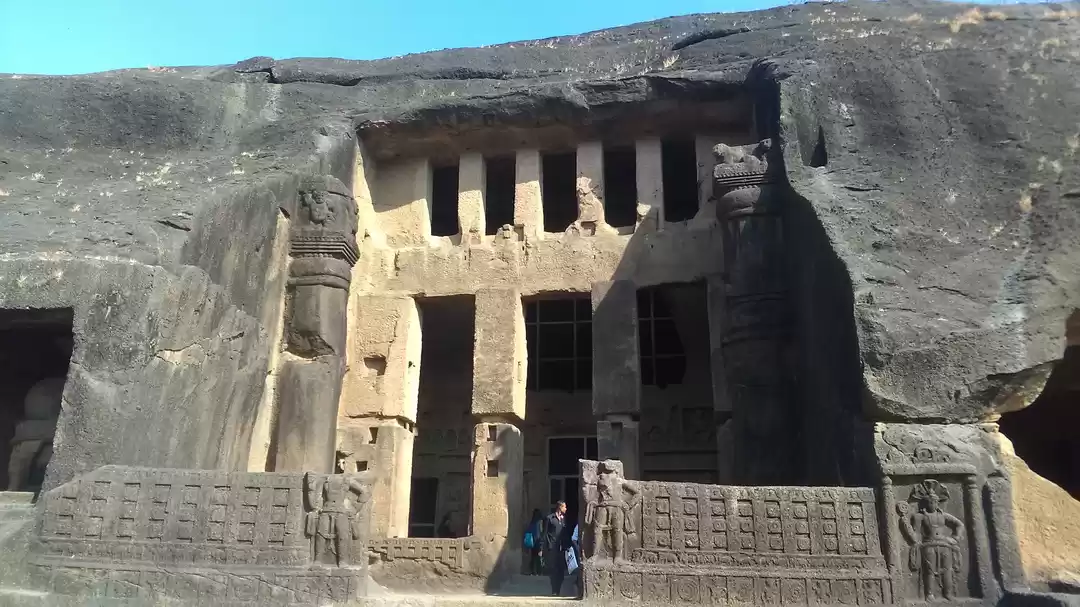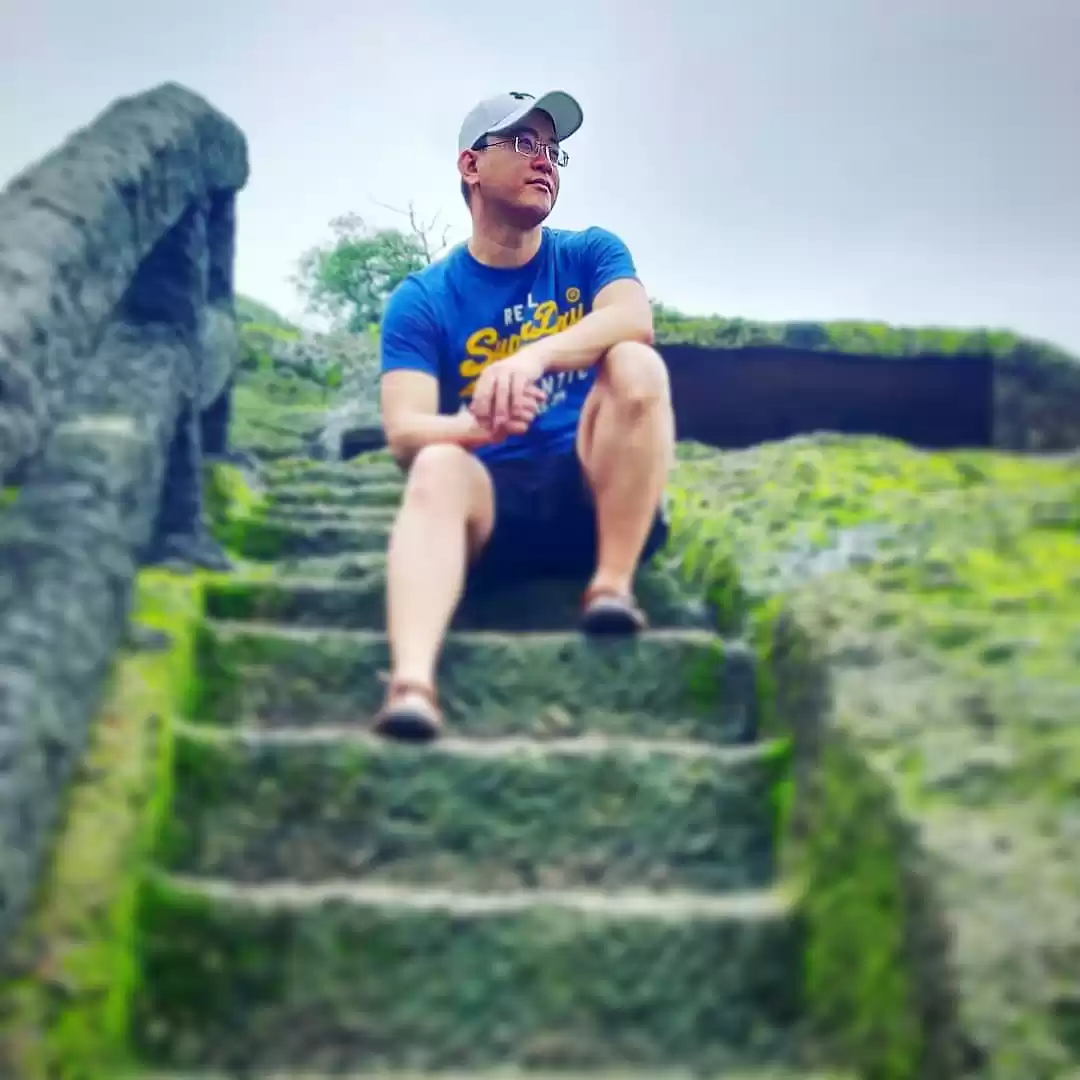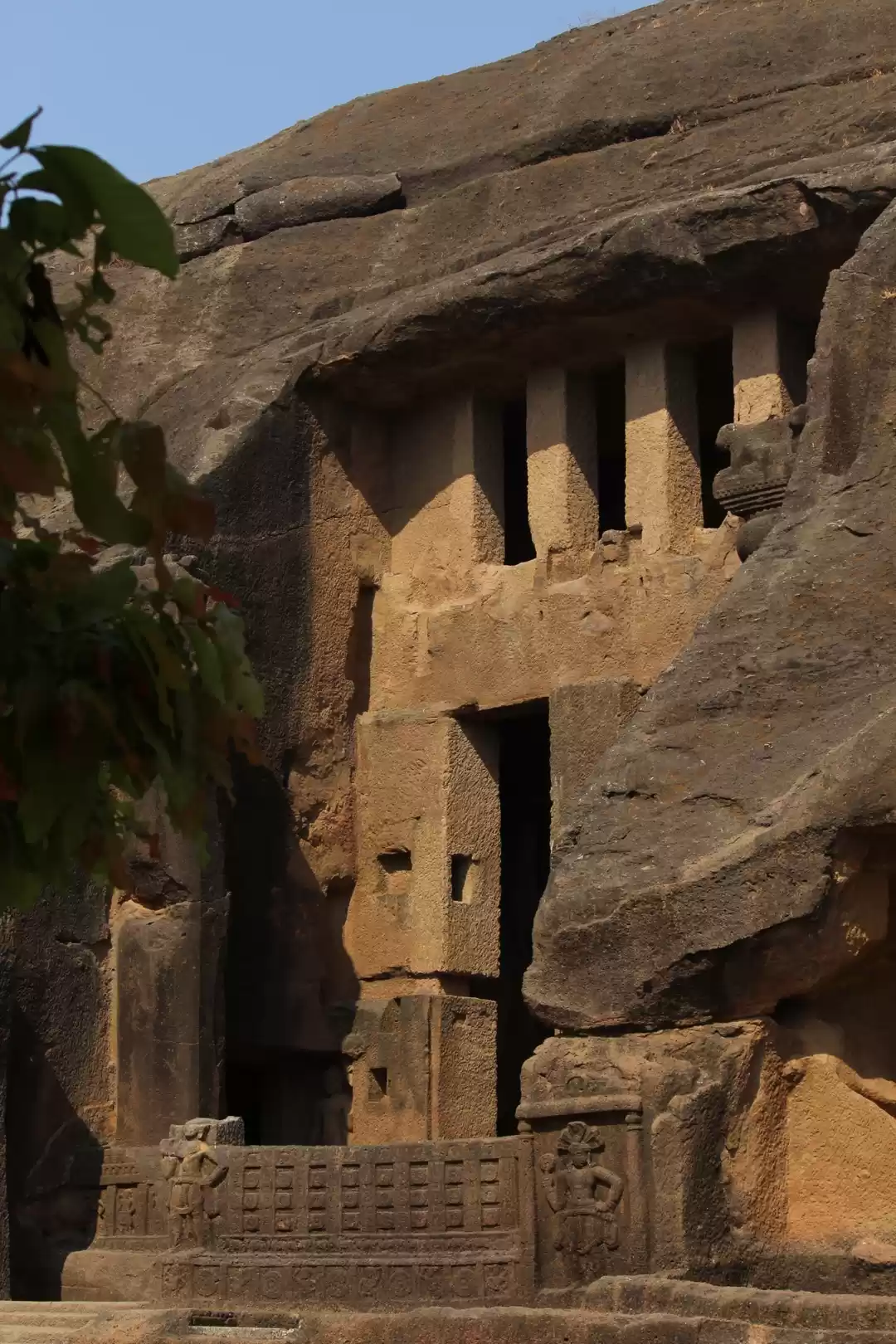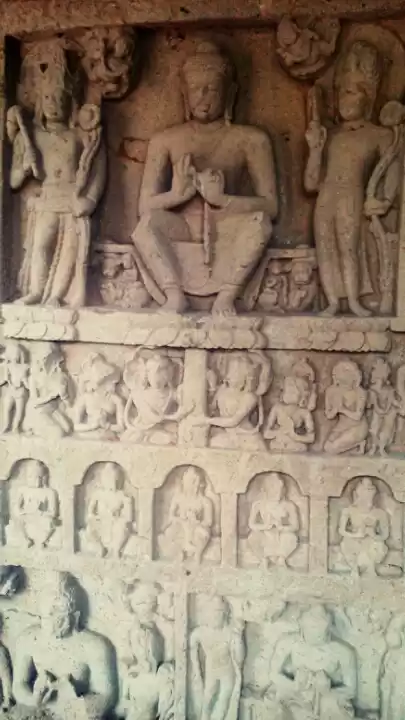Have you ever wondered what it would be like to step into a time machine and travel back to the ancient times of India? Well, you don’t have to wonder anymore. You can experience it for yourself by visiting the Kanheri Caves in Mumbai, Maharashtra.
Kanheri Caves are a group of over 100 rock-cut monuments carved out of basaltic rock. They are located in the Sanjay Gandhi National Park, about 40 km from the city center of Mumbai. They date back to the 1st century BCE and span over a period of more than 1000 years. They are one of the finest examples of the history, culture and art of Buddhism in India.
In this guide, we will tell you everything you need to know about Kanheri Caves and why you should visit them. So, let’s get started!
History of Kanheri Caves
The word “Kanheri” comes from the Sanskrit word “Krishnagiri”, which means “black mountain”. This is because the basaltic rock that forms the caves has a dark color. The caves were originally called “Kanhagiri” or “Kanhari”, which later became “Kanheri”.
The caves were carved by Buddhist monks and followers as a place of worship, learning and living. They were part of a larger network of trade routes that connected India with other parts of Asia. The caves served as a center of Buddhist education and culture, attracting scholars, pilgrims and merchants from various regions.
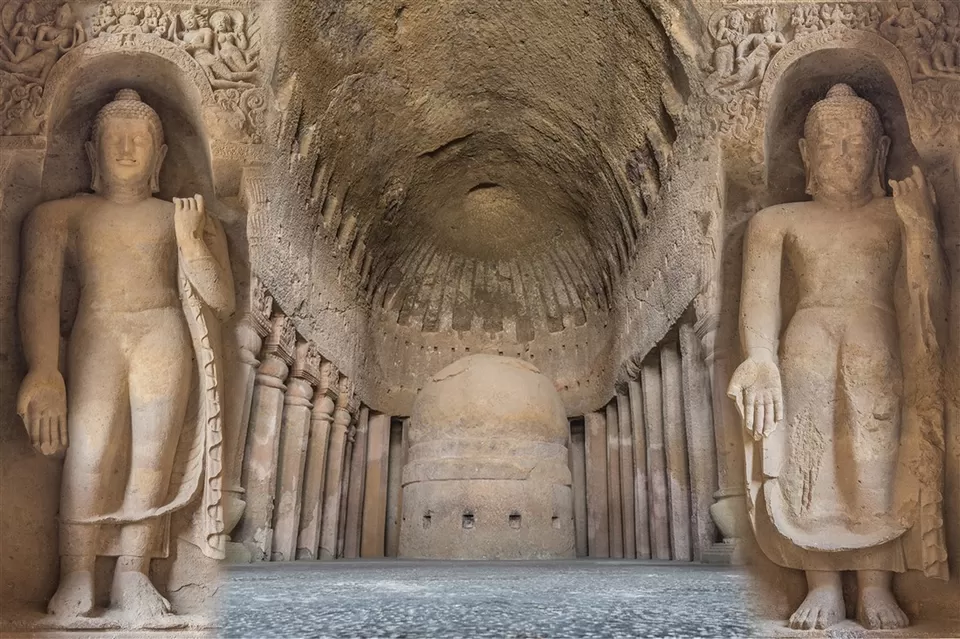
The caves reflect the evolution of Buddhism from the Hinayana sect to the Mahayana sect. The Hinayana sect followed the original teachings of Buddha and emphasized on individual salvation. The Mahayana sect developed later and introduced new concepts such as bodhisattvas, compassion and universal salvation.
The earliest caves belong to the Hinayana sect and date back to the 1st century BCE. They are simple and austere, with no images or idols. They consist mainly of chaityas (prayer halls) and viharas (monasteries). The chaityas have a circular dome-like ceiling with a stupa (a hemispherical mound) at the end. The viharas have cells for monks to live and study.
The later caves belong to the Mahayana sect and date back to the 5th century CE. They are more elaborate and ornate, with images and idols of Buddha and bodhisattvas. They also have podhis (water cisterns) that collect rainwater for drinking and bathing. The podhis are carved with intricate designs and inscriptions.
The caves also have epigraphs (writings on stone) that record the donations made by various patrons such as kings, queens, nobles, merchants and monks. The epigraphs reveal the names, titles, professions and origins of the donors, as well as their religious beliefs and affiliations. They also provide valuable information about the social, economic and political conditions of the time.
The caves were in use until the 10th century CE, when Buddhism declined in India due to various factors such as invasions, conversions and competition from other religions. The caves were abandoned and forgotten for centuries, until they were rediscovered by British explorers in the 19th century. Since then, they have been restored and preserved by various authorities such as the Archaeological Survey of India (ASI).
Also check out: Revisit history with these five 1000+ year old caves in Mumbai!
Architecture of Kanheri Caves
The architecture of Kanheri Caves is remarkable for its diversity and complexity. The caves are spread over an area of about 6 km2 on a hillside that slopes from east to west. The caves are arranged in four groups according to their elevation: lower group, middle group, upper group and topmost group.
The lower group consists of caves 1 to 53 and is located at the base of the hill. These are mostly Hinayana caves with simple chaityas and viharas. Some notable caves in this group are:

Cave 3:
This is one of the largest chaityas in India, measuring 28 m long, 12 m wide and 15 m high. It has a wooden facade that is decorated with carvings of animals, humans and floral motifs. It also has a large stupa that is surrounded by pillars and sculptures of Buddha and bodhisattvas.
Cave 11:
This is a vihara that has 16 cells and a central hall. It has a unique feature of a circular window that allows natural light to enter the hall. It also has a stone bed with a pillow for the head monk to rest.
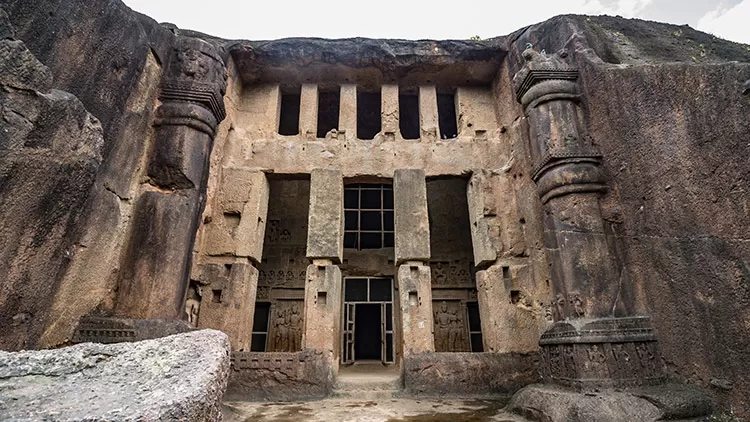
Cave 34:
This is a Mahayana cave that has a shrine with an image of Buddha sitting in the lotus position. It also has paintings of Buddha and bodhisattvas on the walls and ceiling.
The middle group consists of caves 54 to 65 and is located at a higher level than the lower group. These are mostly Mahayana caves with images and idols of Buddha and bodhisattvas. Some notable caves in this group are:
Cave 41:
This is a chaitya that has a wooden facade that is similar to cave 3, but smaller in size. It also has a stupa that is adorned with sculptures of Buddha and bodhisattvas. It also has paintings of scenes from the life of Buddha on the walls and ceiling.
Cave 54:
This is a vihara that has 16 cells and a central hall. It has an image of Buddha sitting on a lion throne in the hall. It also has paintings of Buddha and bodhisattvas on the walls and ceiling.
The upper group consists of caves 66 to 98 and is located at the highest level of the hill. These are mostly podhis that collect rainwater for drinking and bathing. Some notable caves in this group are:
Cave 67:
This is one of the largest podhis in India, measuring 34 m long, 17 m wide and 7 m deep. It can store up to 400,000 liters of water. It has carvings of animals, humans and floral motifs on the walls and rim.
Cave 81:
This is a podhi that has an inscription that records the donation made by a monk named Buddhaghosha. The inscription mentions that he was from Sri Lanka and that he came to Kanheri Caves to study Buddhism.
The topmost group consists of caves 99 to 109 and is located at the summit of the hill. These are mostly small caves that have no special features. They may have been used as meditation chambers or storage rooms.
You may also like to read: Bored In Mumbai? Go Beyond The Ordinary And Spend The Weekend Cave Hopping
Things to See and Do near Kanheri Caves
Kanheri Caves are not only a historical and cultural attraction, but also a natural attraction. They are located in the Sanjay Gandhi National Park, which is one of the largest urban parks in the world.
The park covers an area of about 104 km2 and is home to various flora and fauna. Some of the things to see and do near Kanheri Caves are:
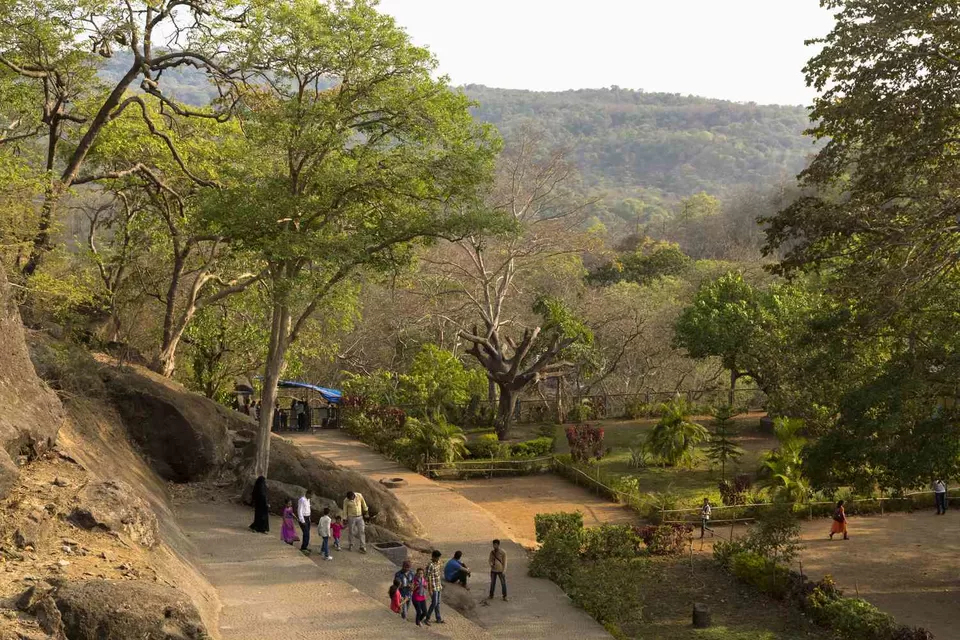
Sanjay Gandhi National Park:
This is a must-visit place for nature lovers and wildlife enthusiasts. The park has over 1000 species of plants, over 250 species of birds, over 40 species of mammals, over 30 species of reptiles and over 150 species of butterflies. Some of the animals that can be spotted in the park are leopards, deer, monkeys, crocodiles, snakes, peacocks, eagles, woodpeckers and hornbills.
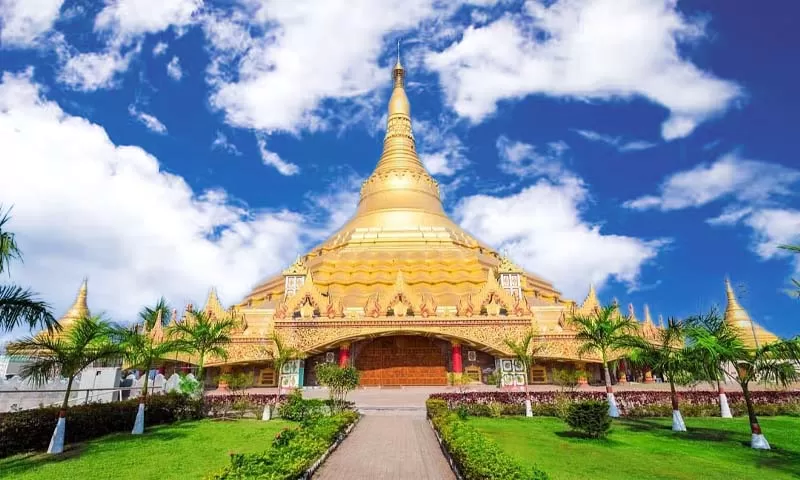
Global Vipassana Pagoda:
This is a modern Buddhist monument that was inaugurated in 2009. It is located near Gorai Creek, about 15 km from Kanheri Caves. It is inspired by the Shwedagon Pagoda in Myanmar and is built as a tribute to Buddha and his teachings. It has a dome that is 96 m high and can accommodate up to 8000 people. It also has a museum that displays relics of Buddha and his disciples.
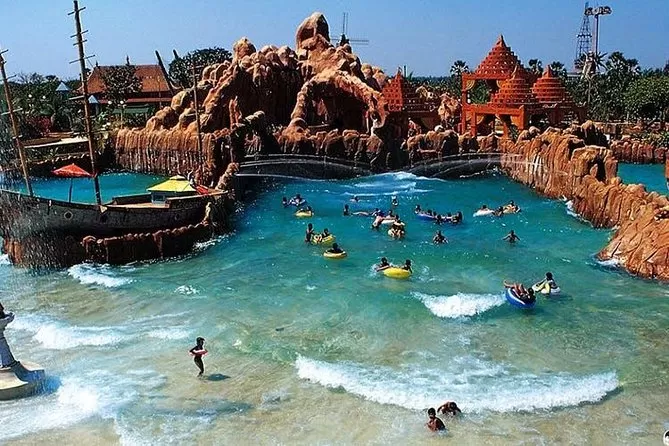
Essel World and Water Kingdom:
These are two amusement parks that are located near Gorai Beach, about 18 km from Kanheri Caves. They are popular destinations for families and children who want to have fun and entertainment. Essel World has various rides and attractions such as roller coasters, ferris wheels, carousels, bumper cars, haunted houses and ice skating rinks. Water Kingdom has various slides and pools such as wave pools, lazy rivers, rain dance zones and aqua play areas.
How to Reach Kanheri Caves
Kanheri Caves are easily accessible by different modes of transport, such as bus, train, auto-rickshaw and car. Here are some of the options to reach Kanheri Caves from Mumbai:
Bus:
You can take a bus from Borivali Station (East) to Sanjay Gandhi National Park. The bus number is 188 and the fare is Rs. 20. The bus frequency is every 15 minutes and the travel time is about 30 minutes. From the park entrance, you can either walk or take a mini bus to Kanheri Caves. The mini bus fare is Rs. 5 and the travel time is about 15 minutes.
Train:
You can take a local train from any station in Mumbai to Borivali Station. The train fare depends on the distance and the class of travel. The train frequency is every 10 minutes and the travel time varies from 30 minutes to 90 minutes depending on the station. From Borivali Station, you can either take a bus or an auto-rickshaw to Sanjay Gandhi National Park. The bus fare is Rs. 20 and the auto-rickshaw fare is Rs. 100. The travel time is about 30 minutes.
Auto-rickshaw:
You can hire an auto-rickshaw from any part of Mumbai to Kanheri Caves. The auto-rickshaw fare depends on the distance and the traffic conditions. The average fare is Rs. 500 and the travel time varies from 60 minutes to 120 minutes depending on the location.
Car:
You can drive your own car or rent a car from any service provider in Mumbai to Kanheri Caves. The car fare depends on the type of car and the duration of rental. The average fare is Rs. 2000 per day and the travel time varies from 60 minutes to 120 minutes depending on the location.
Tips for Visiting Kanheri Caves
Here are some useful tips and suggestions for visiting Kanheri Caves:

- The best time to visit Kanheri Caves is between October and March, when the weather is pleasant and dry. Avoid visiting during the monsoon season (June to September), when the caves may be slippery and muddy.
- The timings for visiting Kanheri Caves are from 7:30 am to 5:00 pm, every day except Monday. The entry fee for Indian nationals is Rs. 15 and for foreign nationals is Rs. 200. The entry fee for Sanjay Gandhi National Park is Rs. 65 for adults and Rs. 25 for children.
- Carry water and snacks with you, as there are no shops or restaurants inside the caves. However, you can buy food and drinks from the vendors outside the park entrance or near the beaches.
- Wear comfortable shoes and clothes, as you will have to walk a lot and climb stairs to explore the caves. Also, carry a hat, sunglasses and sunscreen to protect yourself from the sun.
- Hire a guide or buy a guidebook to learn more about the history, culture and art of Kanheri Caves. The guides charge around Rs. 300 per hour and the guidebooks cost around Rs. 50.
- Respect the sanctity and cleanliness of the caves, as they are a heritage site and a place of worship. Do not litter, graffiti, smoke or make noise inside the caves.
We hope this guide has given you enough information and motivation to visit Kanheri Caves in Mumbai. They are a treasure trove of ancient wisdom and beauty that will leave you spellbound and enlightened.
So, what are you waiting for? Book your tickets now and plan your trip to Kanheri Caves with Tripoto, your trusted travel partner.
Tripoto is a platform that connects travelers with each other and with local experts. You can find amazing deals on flights, hotels, tours and activities on Tripoto. You can also read inspiring stories, tips and reviews from other travelers who have visited Kanheri Caves.
Visit our website or download our app today and start your journey with Tripoto!


















